
The Aero A.23 was a Czechoslovakian airliner of the 1920s. Aero Vodochody had produced the first Czech airliner, the A.10, four of which had served with ČSA, the national airline. The A.23, another biplane, was bigger, more powerful and could carry more passengers.

The Aero Ae 02 was the first fighter aircraft to be designed and built in Oshowitz. The Aero aircraft first flew in 1920.
The Fairey S.9/30 was a two-seat, single-engined biplane built to meet an Air Ministry specification for a fleet reconnaissance aircraft. It flew during 1934-6 in both land- and seaplane configurations. Although only one was built, it was the progenitor of the Fairey Swordfish.

The Parnall Pipit was a single-engined, single-seat naval fighter designed to an Air Ministry specification in 1927. Two prototypes were built but both were destroyed by tail flutter.

The Stearman LT-1 was a late 1920s American biplane, carrying four passengers plus mail.
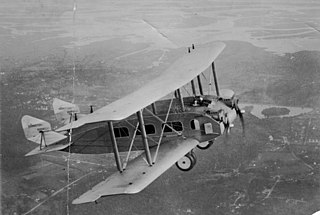
The Burnelli RB-1 was a US twin engine biplane airliner prototype from 1920, incorporating a lifting body fuselage.

The Caudron C.67 was a simple single seat biplane with a low powered engine. It was built and flown in France in 1922.
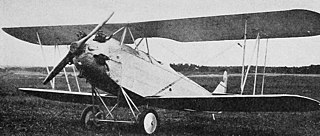
The Svenska Aero Falken was a Swedish trainer aircraft. Two were built, with different engines and were used by the Swedish Air Force.

The Johnson Twin-60 was a small, two seat biplane intended for private owners. It had twin engines for safety and the performance and undercarriage designed for short and rough field use. Despite its refinements only one was definitely built
The Western Airplane King Bird, named after the tyrant flycatcher (Western) Kingbird, was a 1920s US civil transport accommodating three passengers in open cockpits. Only one was built.

The NAS Air King was a US light biplane transport aircraft designed in 1926 to carry three passengers in two open cockpits. Only one was built but in 1928 it was revised to carry two passengers and was more successful, with over twenty produced.
The Brown 1926 parasol monoplane was a 1920s US, three seat, parasol wing civil aircraft developed from a biplane wartime scout. It was intended for either the private or commercial passenger markets, though one was used as a crop-duster.

The Thunderbird W-14 was a small, three seat American passenger transport, first flown in 1926, entering production, significantly improved, in 1927 with several different engine options. About 40-50 were built before the financial collapse of the company in 1929.
The Stiles Dragon Fly was an American two seat monoplane aircraft of the late 1920s. It was aimed at private and club owners. Significant production was planned but few were built.
The Simplex Red Arrow was a US single-engined monoplane produced in the late 1920s and early 1930s and intended as club machine or mail transport. Most used radial engines in the 90–110 hp (67–82 kW) range. They carried one or two passengers whose seats could be open or enclosed. One variant, the Red Arrow Dual Plane, was easily converted from monoplane to biplane and was available with two versions of the much more powerful Wright Whirlwind engines. In all about 20 were built.

The Miami Maid was a US three passenger amphibian first flown in 1929. Despite ambitious production plans, only two were built.

The 1929 Curtiss Model 53 Condor, also known as the Curtiss Model 53 Condor 18 or the Curtiss CO Condor, was a civil passenger version of the Model 52 Condor bomber. A twin-engined biplane, it carried 18 passengers.
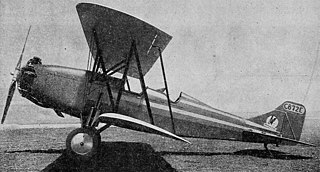
The American Eagle Phaeton was a U.S., three seat, single engine sports biplane produced from 1929 until American Eagle failed financially in 1932. About 34 were built.
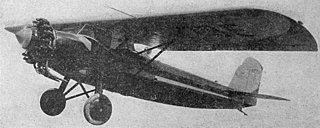
The Moreland M-1 was a 1929 U.S. three seat civil aircraft. Only four were built.
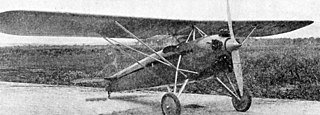
The Inland Sport series of parasol wing, sport and training side-by-side two seaters, introduced between 1928 and 1930, differed chiefly in their engines. They used three different radial engines, more than doubling the Sport's power over two years of development. 34 examples were built and frequently re-engined.
















